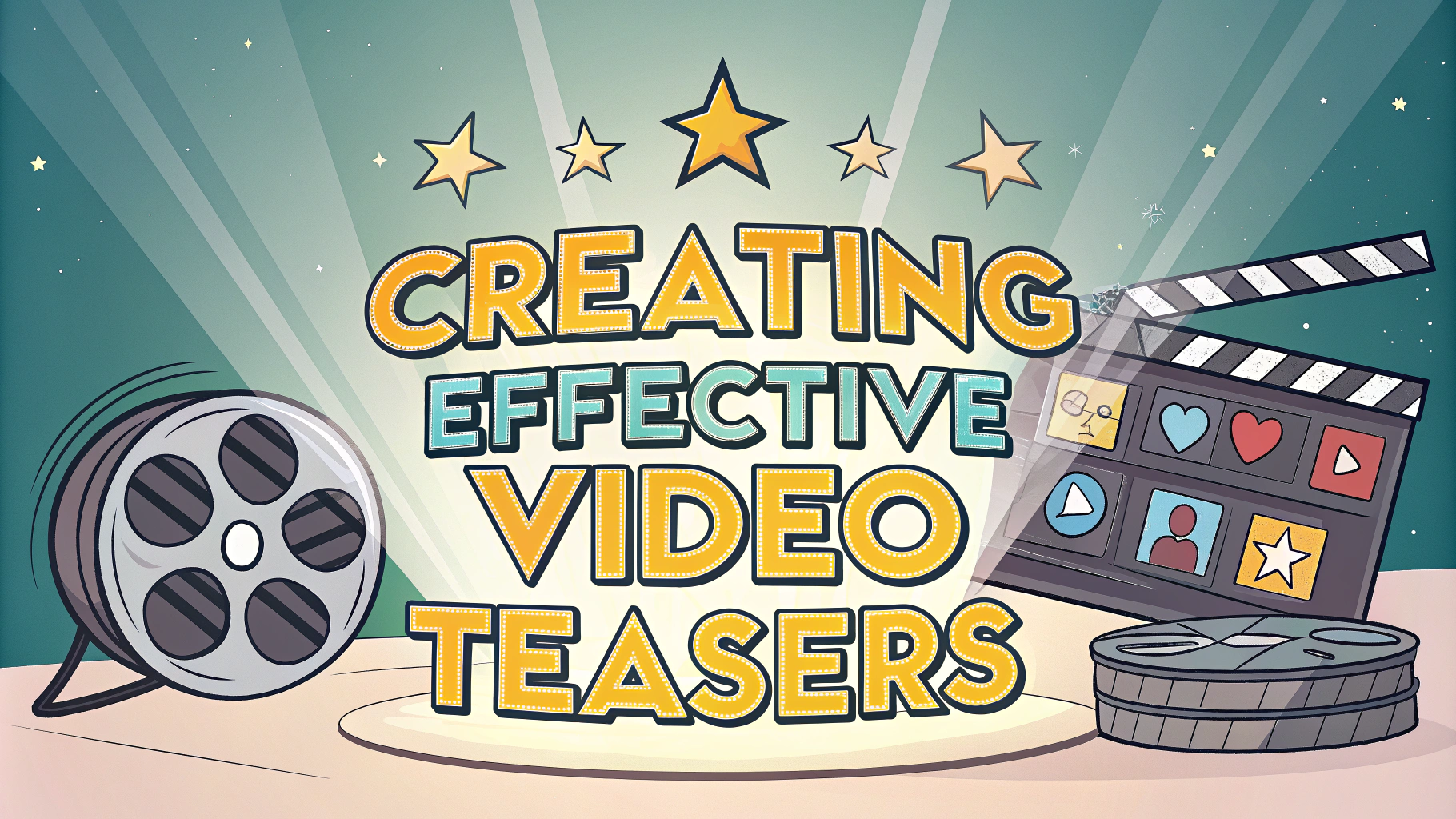Building a profitable podcast requires more than just great content and high-quality audio equipment.
A sustainable podcast business model combines multiple revenue streams, strategic audience growth, and efficient production systems that work together seamlessly.
This guide breaks down proven methods to transform your podcast from a hobby into a thriving business venture.
Core Revenue Streams for Podcasters
- Sponsorships and Advertising
- Pre-roll ads: $15-25 CPM (cost per thousand listeners)
- Mid-roll ads: $20-35 CPM
- Post-roll ads: $10-20 CPM
- Premium Content
- Exclusive episodes
- Early access
- Ad-free versions
- Behind-the-scenes content
- Merchandise
- Branded apparel
- Digital products
- Physical goods
Building Your Audience Base
Focus on a specific niche where you can establish authority and attract dedicated listeners.
Create a consistent release schedule that your audience can rely on – whether weekly, bi-weekly, or monthly.
Implement cross-promotion strategies with complementary podcasts in your niche.
Production Efficiency Tips
| Task | Time-Saving Solution |
|---|---|
| Recording | Batch record episodes |
| Editing | Use templates and presets |
| Show Notes | Create a standardized format |
Monetization Platforms
- Patreon – Subscription-based support
- Memberful – Membership management
- Anchor – Automated ad placement
- AdvertiseCast – Sponsor marketplace
Cost Management
Track expenses using dedicated business accounting software like QuickBooks or FreshBooks.
Invest in quality equipment upfront to avoid frequent replacements.
Consider outsourcing time-consuming tasks like editing and show notes when revenue permits.
Growth Strategies
- Develop an email list for direct listener communication
- Create shareable content clips for social media
- Optimize show titles and descriptions for search engines
- Network with industry leaders and potential guests
Taking Your Podcast to the Next Level
Register your podcast as a proper business entity for tax benefits and legal protection.
Set up professional banking accounts to separate personal and podcast finances.
Create systems to track metrics like download numbers, listener engagement, and revenue growth.
Contact podcast networks like Midroll or Wondery once you reach 5,000+ downloads per episode.
Legal Considerations
Protect your intellectual property by registering trademarks for your podcast name and branding.
Create clear agreements with guests, co-hosts, and contractors regarding content rights and compensation.
- Get proper music licensing for intros and background tracks
- Review platform terms of service carefully
- Consider liability insurance for your podcast business
Scaling Your Team
Key Roles to Consider
- Audio Editor – Professional sound quality
- Show Notes Writer – Content documentation
- Social Media Manager – Audience engagement
- Virtual Assistant – Administrative tasks
Advanced Marketing Techniques
- Develop a content calendar that aligns with your niche’s seasonal trends
- Create valuable lead magnets to grow your email list
- Implement retargeting campaigns for premium content
- Host virtual and live events for community building
Transforming Your Podcast Into a Media Brand
Position your podcast as the cornerstone of a larger media enterprise.
- Launch companion products like books or courses
- Develop speaking and consulting opportunities
- Create content partnerships with established brands
- Build multiple shows under one network
Building Long-Term Success in Podcasting
Focus on sustainable growth by reinvesting profits into production quality and audience experience.
Stay adaptable to industry changes while maintaining your unique value proposition.
Remember that building a profitable podcast business is a marathon, not a sprint – prioritize consistency and quality over quick wins.
FAQs
- How much does it cost to start a podcast business?
Initial costs can range from $200-$1000, covering basic equipment (microphone, headphones, audio interface) and hosting fees. Premium setups may cost $2000+. - What are the main revenue streams for podcasts?
Primary revenue sources include sponsorships, advertising, premium content subscriptions, merchandise sales, crowdfunding (Patreon), and affiliate marketing. - How many listeners do I need to monetize my podcast?
Most advertisers require a minimum of 5,000-10,000 downloads per episode for direct sponsorship deals. Smaller podcasts can monetize through affiliate marketing and crowdfunding. - What’s the ideal podcast episode length for monetization?
30-45 minutes is optimal for most genres, allowing for 2-3 ad spots while maintaining audience engagement. However, successful podcasts range from 15-90 minutes. - How frequently should I release episodes for a sustainable podcast?
Weekly episodes are standard and help maintain consistent audience growth. Bi-weekly or monthly schedules can work if maintaining high production quality. - What hosting platform is best for podcast monetization?
Platforms like Anchor, Libsyn, and Buzzsprout offer built-in monetization tools. Libsyn and Buzzsprout provide detailed analytics and better CPM rates for ads. - How do I price sponsorship spots on my podcast?
Industry standard is $18-25 CPM (cost per thousand listeners) for 30-second mid-roll ads, and $15-20 CPM for pre-roll/post-roll spots. - What percentage of podcast revenue typically comes from advertising?
For established podcasts, advertising typically accounts for 50-70% of total revenue, with the remainder coming from premium content and merchandise. - How long does it typically take to build a profitable podcast?
Most podcasts take 12-18 months of consistent publishing to become profitable, assuming regular content delivery and strategic marketing efforts. - What tools are essential for running a sustainable podcast business?
Essential tools include audio editing software (like Audacity or Adobe Audition), scheduling software, analytics tools, and a Customer Relationship Management (CRM) system for sponsor relations.








